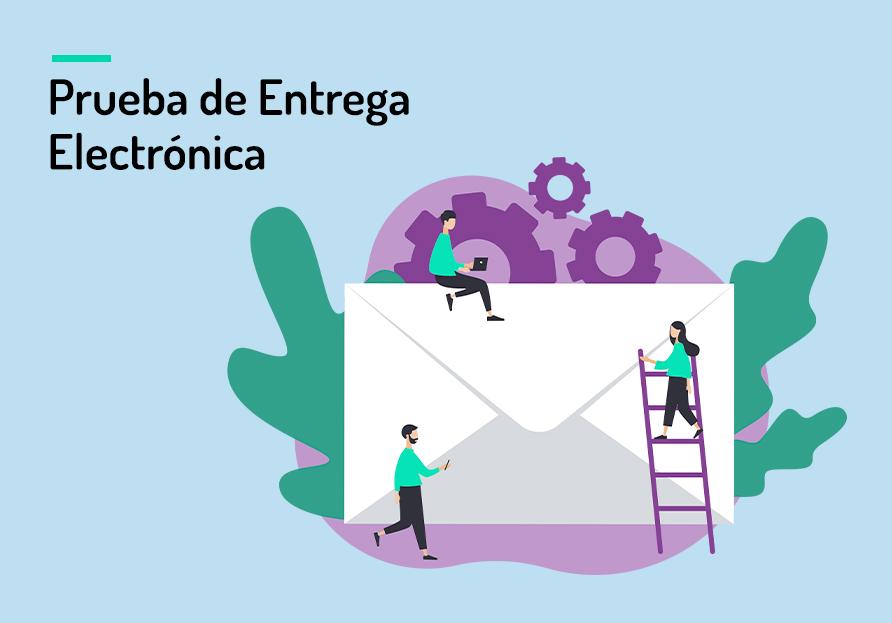
Electronic proof of delivery has become a fundamental tool in the field of logistics and transportation. More and more companies are opting to use this digital system to confirm and record the delivery of products and documents. In this article, you will discover what electronic proof of delivery (EOD) is, its advantages and the tools that make it possible.
What is electronic proof of delivery (EOD)?
Electronic Proof of Delivery, also known as E-POD (Electronic Proof of Delivery) or PEE, is the digital format of a traditional paper delivery order or delivery note. And it is collected through electronic devices such as barcodes and mobile devices, which collect the recipient’s electronic signature and provide reliable proof of delivery.
In contrast to physical proof of delivery, which is made by paper signature, electronic proof of delivery offers numerous advantages. These include agility, safety and sustainability.
Aspects that favor electronic proof of delivery
There are several benefits and tools that make it possible to implement electronic proof of delivery. The following are some of the most commonly used:
- Value-added: many carriers offer value-added services, such as the option to return products if the recipient is not satisfied with them. These services can be managed electronically, streamlining the return process and ensuring a satisfactory customer experience.
- Postage Paid: Postage paid is another service that facilitates the delivery of products. With this system, the sender pays the shipping costs in advance, which avoids problems at the time of delivery and speeds up the process.
- Digital delivery note: the digital delivery note is a fundamental tool in the electronic proof of delivery. Through this digital document, the delivery of the products is recorded and the recipient’s electronic signature is collected as proof of delivery. This information is stored securely and can be consulted at any time.
- Burofax: the burofax is an increasingly used option for sending legal documents, notifications or communications (for example, in the labor field, dismissals) quickly and securely. Through online platforms, such as MailComms Group’s, it is possible to send a burofax without having to travel physically. This streamlines the delivery process and provides reliable proof of delivery.
- Declared value: the declared value is a tool for insuring products during transport. The payment of an additional premium ensures that the sender receives financial compensation in the event of loss or damage to the products.
- Registered letter: registered letter is another tool used in electronic proof of delivery. With the registered letter, the addressee receives the document securely and the delivery is recorded by an electronic signature.
- Premium bureaufax: Premium bureaufax is an option available in some legal document delivery services. Thanks to this option, delivery in a shorter period of time and greater security in the process is provided.
- Administrative notification: administrative notification is a tool used in the legal and administrative field. It is used to electronically notify administrative acts, guaranteeing delivery and providing reliable proof of delivery.
What does PEE mean in burofax?
PEE in an electronic or postal bureaufax refers to “proof of electronic delivery”. It is a digital format that confirms and records the delivery of documents, similar to a paper signature on a physical delivery, but done electronically to provide reliable proof of delivery. In the case of the bureaufax, the identity of the addressee must be validated before signing.
In conclusion, electronic proof of delivery has become a fundamental tool in the field of logistics and transportation. Through electronic devices and specialized tools we have the ability to confirm and record the delivery of products and documents quickly, securely and sustainably. If you are looking to optimize your delivery processes and get confirmation that your products were received correctly, electronic proof of delivery is the ideal solution. And it is one of the options offered by our online bureaufax service.
> Discover, in this content published in our blog, the differences between online bureaufax vs. electronic notifications: which is the best option for companies?